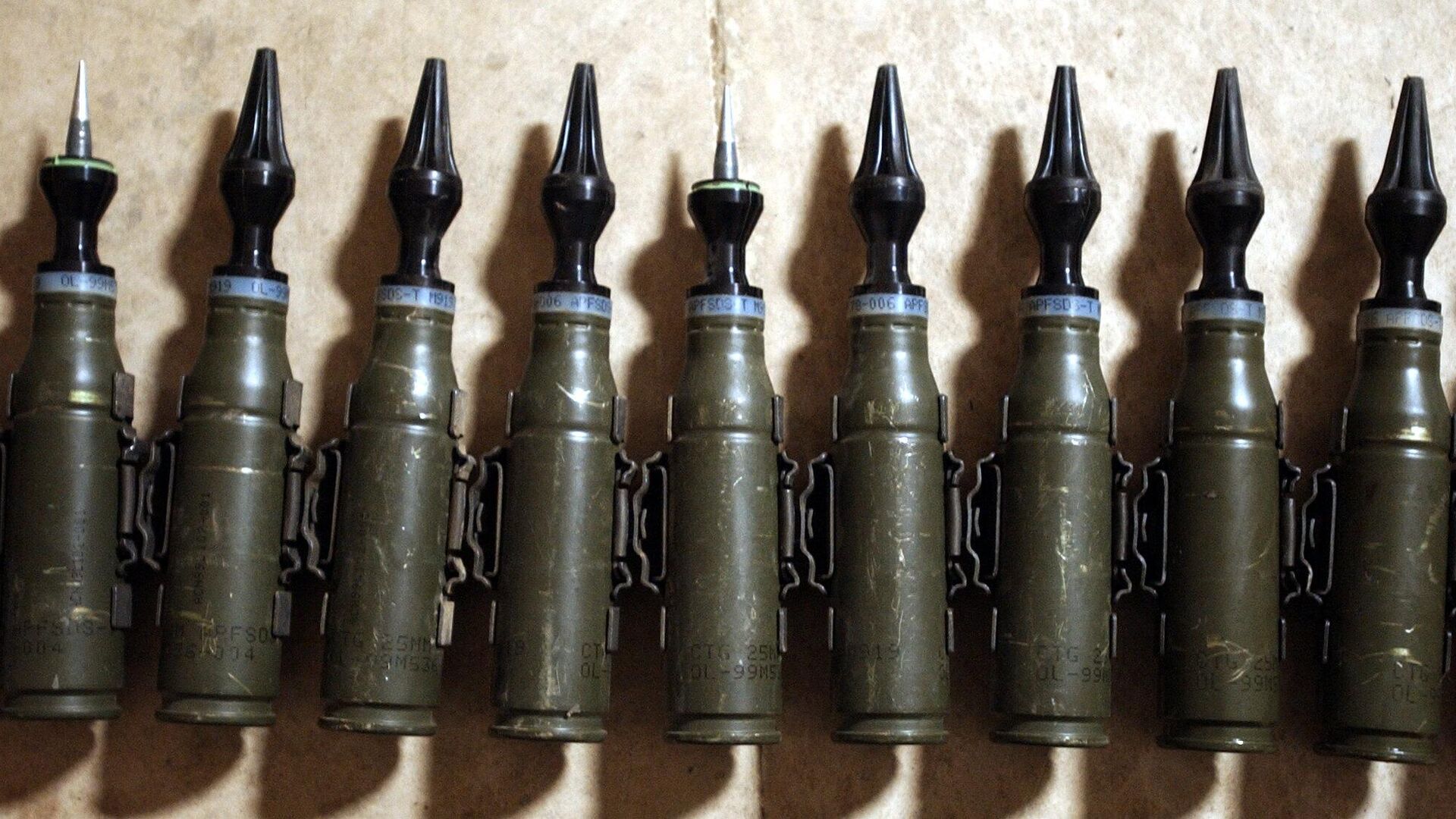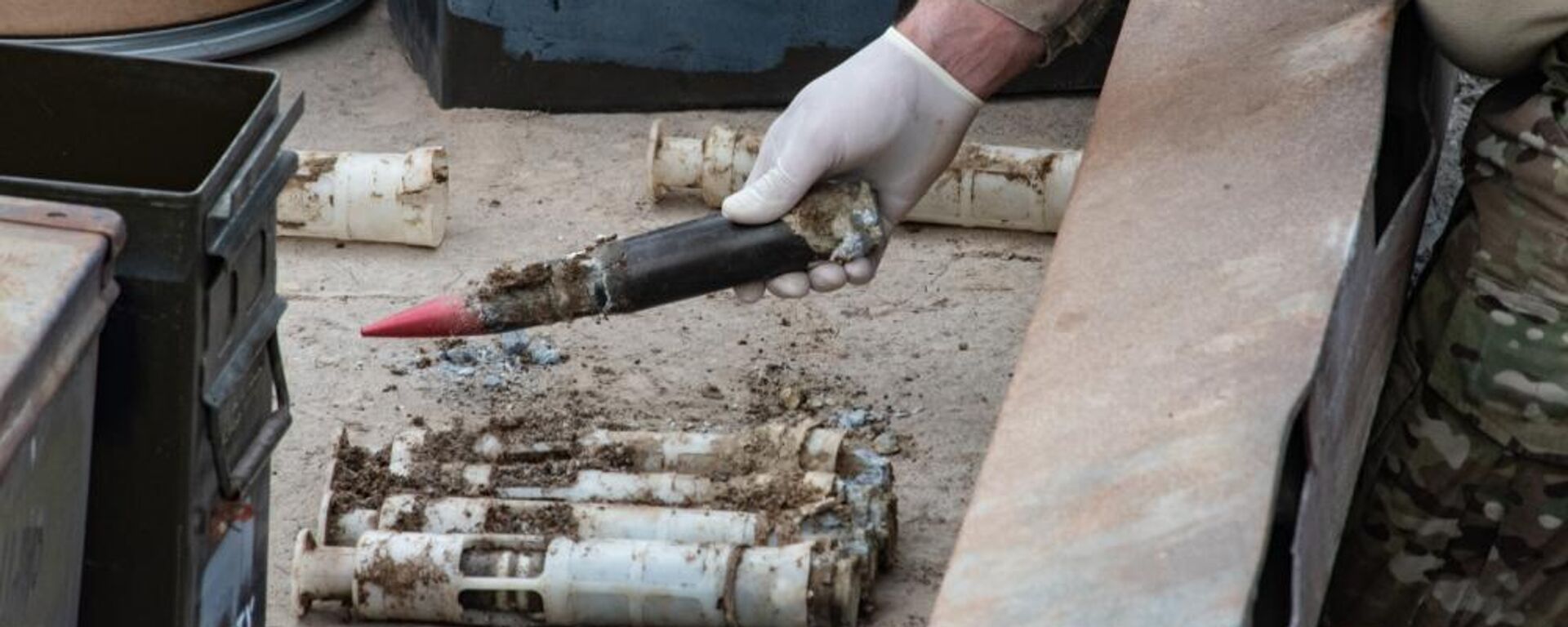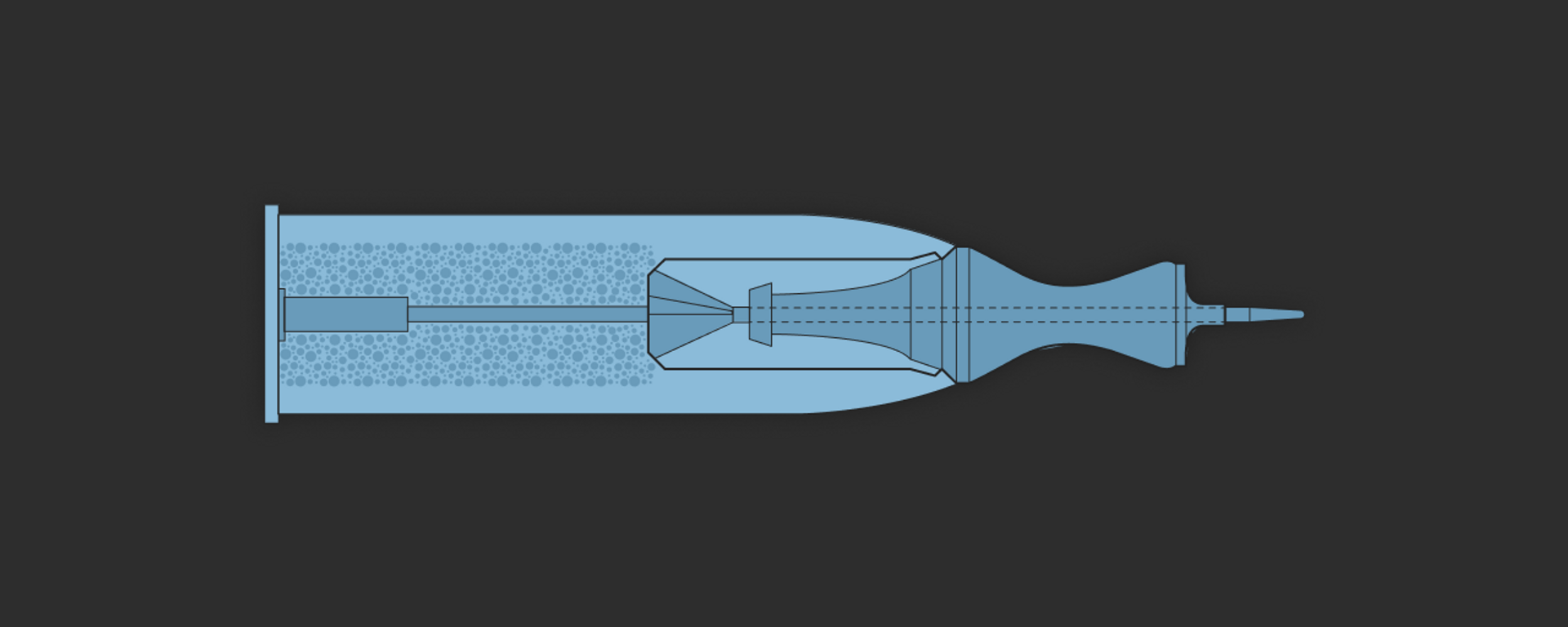Experts: Uranium Shells Caused Cancer in Iraq, Libya as UK Pledges Supplies to Kiev
21:01 GMT 23.03.2023 (Updated: 15:26 GMT 28.05.2023)

© AFP 2023 / STAN HONDA
Subscribe
MOSCOW (Sputnik), Alexei Shayya-Shirokov - Iraq and Libya have seen spikes in cancer cases and radiation-induced сongenital malformations suspected of being linked to depleted uranium used in munitions that NATO allies fired indiscriminately during the 1990, 2003 and 2011 invasions, environmental and nuclear experts told Sputnik.
Controversy over depleted uranium weapons used on the battlefield to pierce armored vehicles has been raging since the 1999 Yugoslavia bombings, in which NATO troops used some 31,000 rounds of depleted uranium ammunition. Allied forces subsequently reported alarming rates of cancer cases in soldiers who served in breakaway Kosovo.
Debates over whether uranium can cause severe health problems in civilians and soldiers were reignited with the United Kingdom's announcement that it will supply depleted uranium shells to Ukraine. This prompted Russian President Vladimir Putin to warn that his country would be "forced to react accordingly" to the West's use of what he referred to as "weapons with a nuclear component."
The United Kingdom and United States have denied that there is a confirmed link between depleted uranium and cancer. The World Health Organization said in a 2001 paper that only military use of depleted uranium was likely to have any significant impact on environmental levels. It said uranium could accumulate at the ground surface and enter the food chain, while uranium dust could be inhaled and retained in the lungs.
Souad Naji Al-Azzawi, a leading Iraqi environmentalist and academic researcher with over 50 published scientific papers on a wide range of subjects, including nuclear waste management and depleted uranium contamination, told Sputnik that US-led coalition troops fired a million depleted uranium shells in Iraq in 1991, dispersing between 300 and 400 tons of depleted uranium over an area of more than 1,750 square kilometers west of Basra.
The spread of the contamination, according to Al-Azzawi, was further exacerbated following the 2003 invasion, with pockets of contamination spreading to other Iraqi cities, where an alarming growth in cancer rates and radiation-related malformations in newborn children has been registered.
Al-Azzawi, who is also the first Arab scholar to have received the Nuclear-Free Future Award, estimated that coalition forces used 181,000 depleted uranium shells during the 2003-2004 invasion in Basra, Baghdad, Karbala, Najaf, Baquba, and Fallujah.
"In 2004, they used it extensively in Fallujah, and so far about 15% of the children born in the city suffer from congenital malformations, which is a very high rate. Many of them have congenital malformations, and 5% of them die from these malformations," Al-Azzawi said.
Elaborating on the levels of contamination in Fallujah, the site of the infamous 2004 battle between coalition forces and Iraqi rebels, Al-Azzawi claimed the situation in and around the city was so dire that radioactive contaminants from the debris had spread throughout the region’s food chain.
"They completely destroyed Fallujah with these and other weapons," Al-Azzawi said.
"There are piles of demolished houses and public buildings that have been gathered in sites so that people can rebuild, and all of these sites remain a source of contamination; whenever a sandstorm blows, or when it rains, radioactive materials are transmitted to the air and water, and are then inhaled or otherwise consumed by people, either by means of drinking contaminated water, or via livestock."
Owing to the debilitating lack of resources faced by postwar Iraqi governments, Al-Azzawi explained that little was done to effectively protect the country's population from the contaminants. The roughly 5,000 tanks and armored vehicles claimed to have been destroyed by coalition forces were gathered in 22 large "tank graveyards," adding to the four already in existence before the 2003 invasion.
"These were open areas around Basra … yet whenever a sandstorm blows through the area, an additional dose of radiation moves from these sites towards the civilian population. If we have a real problem, it would be that these sources of pollution still exist today," Al-Azzawi added.
Despite Al-Azzawi’s extensive research on the adverse, long-term effects of depleted uranium contamination, very little research on the subject has been conducted in Iraq, especially when compared to other conflict zones that saw the use of depleted uranium shells.
The WHO said it was aware of reported increases in cancers, congenital abnormalities and other diseases following the 1991 Gulf war but said there were no published results for review.
"We need to carry out what they call risk assessment studies, similar to the 200 or so studies that were conducted in Europe after the Balkan Wars, where only 12.5 tons [of depleted uranium] were used. Yet the materials that were fired at us are estimated to be about 1,000 to 2,000 tons!" Al-Azzawi said.
Similar findings were made by Al-Azzawi’s colleagues in Libya, another Arab state that has faced a military intervention by Western powers. While Western officials have publicly denied the use of depleted uranium shells during the 2011 NATO intervention, the International Coalition to Ban Uranium Weapons (ICBUW) called on the US government to clarify the use of the deadly munitions after American A-10 Thunderbolt and Harrier AV-8B ground-attack aircraft, both equipped with autocannons that fired depleted uranium shells, were reportedly deployed to the Libyan theater.
Nouri Al-Droqi, a radiological policy specialist and researcher at the Libyan Nuclear Research Centre, told Sputnik that the largest share of cancer cases continued to be reported in the places and cities that were targeted.
"When exploding, depleted uranium emits gases or radioactive emissions, in addition to dust and chemical materials, which spread throughout the city of Tripoli, and have been inhaled by many of its inhabitants, to which we can attribute the current spike in cancer rates," Al-Droqi said.
Al-Droqi’s team reportedly identified hotspots of radioactive contamination around the country, with the overwhelming majority of contaminated areas being located near former military installations that were targeted by NATO allies during their intervention in the Libyan civil war.
"We worked with accurate radiometric measurements, and the contaminants were identified as uranium, as a result of the missiles used by NATO forces to strike Libyan military targets… There are still many cities and other areas outside Tripoli, such as Masarata, Zliten … some of these areas have been heavily targeted," Al-Droqi said.
Yet, despite the team's efforts, Al-Droqi claims that Libyan authorities have shown a degree of reluctance in their efforts to facilitate his team's research, most likely out of concern for the reaction from international organizations and the NATO countries involved in the intervention.
"We are in talks with the Presidential Council and the Consensus Government to allow us to visit all the areas targeted in 2011. We have started with the site in Tripoli, where we have carried out scientific research, and we are addressing the IAEA to ascertain this, and to request logistical, technical, and medical assistance, because high rates of cancer have become common in Libya," Al-Droqi added.
Author: Alexei Shayya-Shirokov




